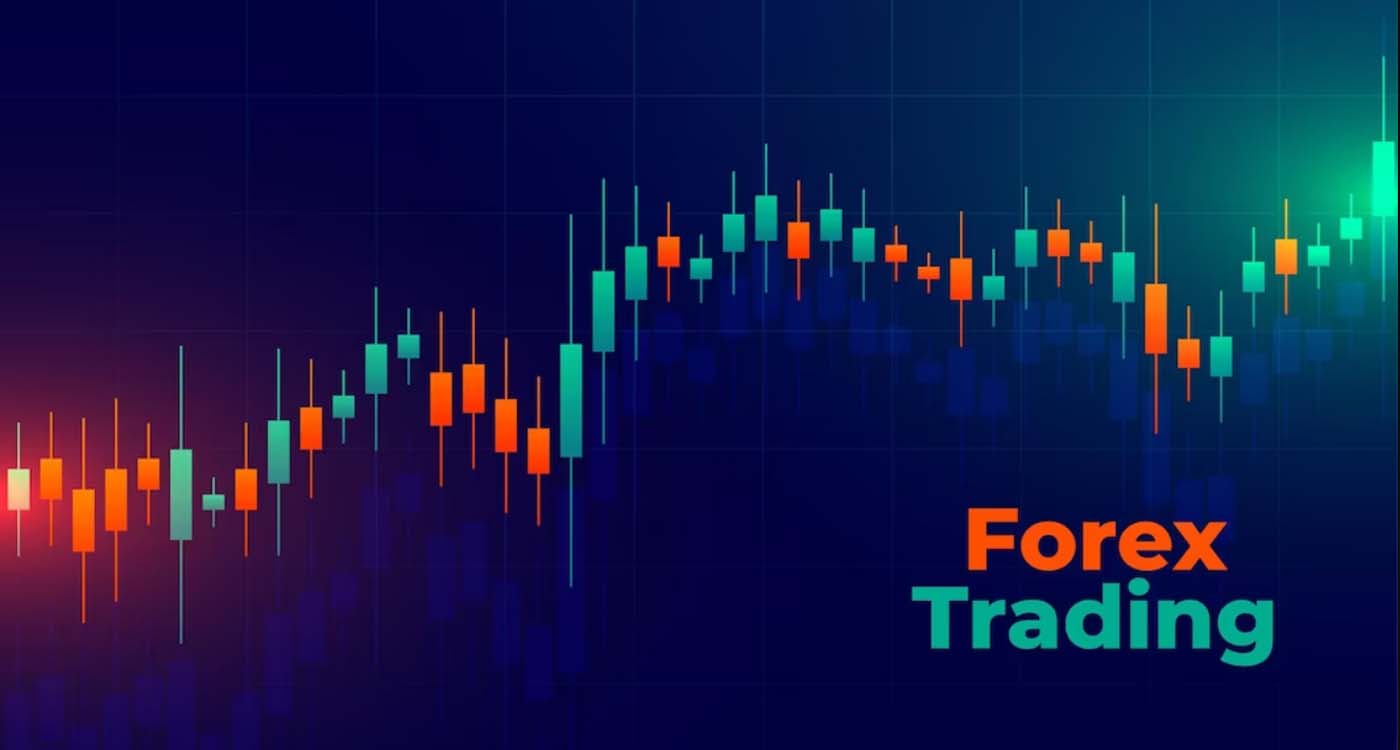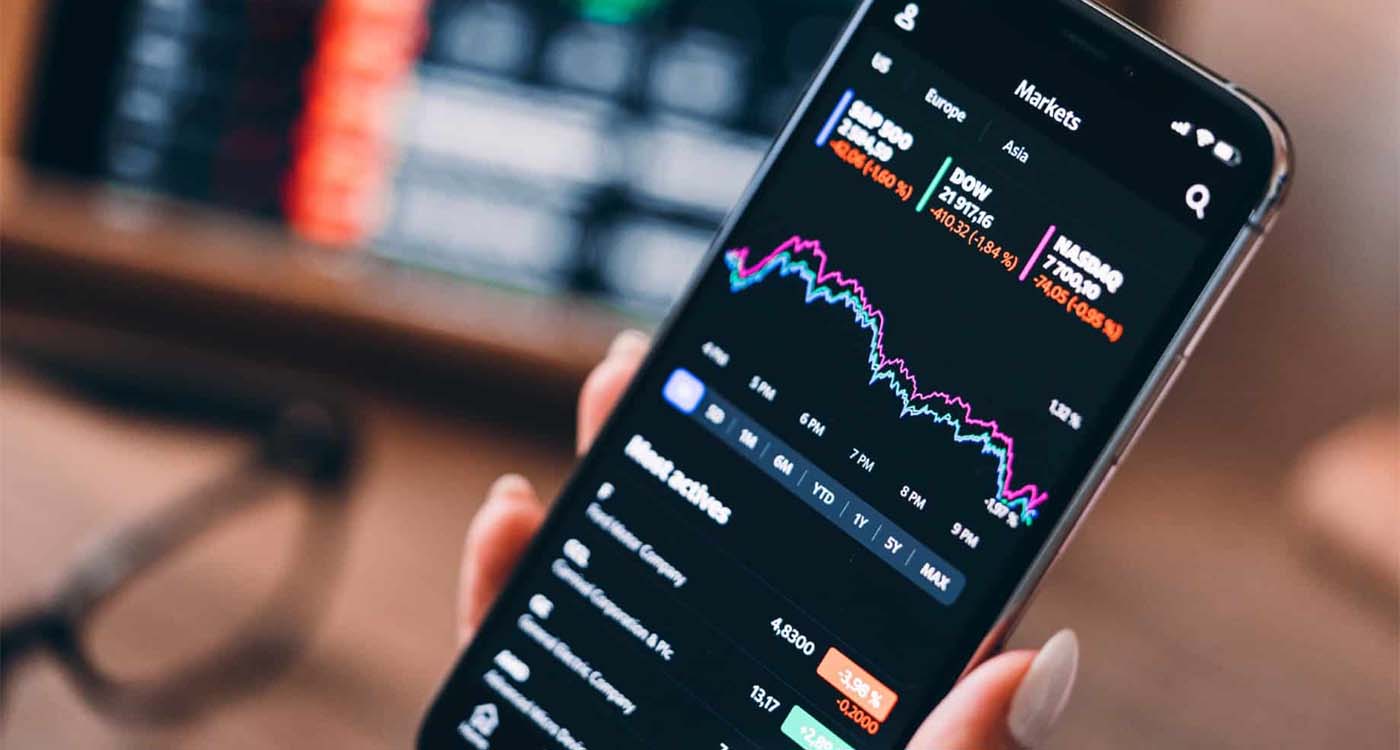Forex trading, also known as foreign exchange trading or currency trading, is the global marketplace for buying and selling currencies. It’s one of the largest and most liquid financial markets in the world, where individuals, institutions, and governments engage in trading activities to speculate on currency price movements or to hedge against currency risks. In this comprehensive article, we will delve into everything you need to know about forex trading, from its basics and participants to strategies and risks.
1. Forex Market Basics
Currency Pairs: Forex trading involves the exchange of one currency for another, known as a currency pair. The most traded currency pair is EUR/USD, where the euro is the base currency and the US dollar is the quote currency.
Exchange Rate: The exchange rate is the price of one currency in terms of another. It fluctuates continuously due to various factors such as economic data, geopolitical events, and market sentiment.
Trading Hours: Unlike traditional stock markets, the forex market operates 24 hours a day, five days a week, thanks to its decentralized nature. It is divided into major trading sessions: Sydney, Tokyo, London, and New York.
Leverage: Forex brokers often offer leverage to traders, allowing them to control a larger position size than their initial capital. While leverage can amplify profits, it also increases the risk of substantial losses.
2. Participants in the Forex Market
Retail Traders: Individual traders make up a significant portion of the forex market. They access the market through online platforms provided by brokers.
Institutional Traders: Banks, hedge funds, multinational corporations, and other financial institutions participate in forex trading to manage their exposure to currency risks or speculate on price movements.
Central Banks: Central banks, such as the Federal Reserve (US), the European Central Bank (ECB), and the Bank of Japan (BoJ), play a pivotal role in influencing exchange rates by implementing monetary policies.
3. How Forex Trading Works
Forex trading involves the simultaneous buying of one currency and selling of another in a currency pair. Traders anticipate whether the base currency will appreciate (increase in value) or depreciate (decrease in value) against the quote currency. Here’s an example:
EUR/USD = 1.2000: If you believe the euro (EUR) will strengthen against the US dollar (USD), you would buy EUR/USD. If the exchange rate rises to 1.2100, you can sell the position to make a profit.
4. Forex Trading Strategies
Day Trading: Day traders open and close positions within the same trading day, aiming to profit from short-term price fluctuations.
Swing Trading: Swing traders hold positions for several days or weeks, aiming to capitalize on medium-term price movements.
Scalping: Scalpers make numerous small trades throughout the day, looking to profit from tiny price movements. This strategy requires quick execution and precision.
Position Trading: Position traders hold positions for an extended period, often months or years, based on fundamental analysis and long-term trends.
5. Fundamental Analysis
Fundamental analysis involves studying economic indicators, news events, and central bank policies to assess the intrinsic value of a currency. Key factors include:
Interest Rates: Higher interest rates in a country tend to attract foreign capital, increasing demand for its currency.
Economic Data: Economic indicators like GDP, employment figures, and inflation rates can influence currency values.
Geopolitical Events: Events like elections, trade negotiations, and conflicts can have a significant impact on exchange rates.
6. Technical Analysis
Technical analysis involves analyzing historical price charts and patterns to predict future price movements. Key tools and concepts include:
Candlestick Patterns: Patterns formed by candlestick charts provide insights into market sentiment.
Support and Resistance: Levels at which price tends to stall or reverse can help traders identify entry and exit points.
Indicators: Technical indicators like moving averages, RSI (Relative Strength Index), and MACD (Moving Average Convergence Divergence) assist in analyzing trends and momentum.
7. Risk Management
Managing risk is crucial in forex trading to protect capital. Effective risk management strategies include:
Stop-Loss Orders: Placing stop-loss orders to limit potential losses by automatically closing a trade at a predetermined level.
Position Sizing: Determining the size of a position based on risk tolerance and stop-loss levels.
Diversification: Spreading trades across different currency pairs or assets to reduce risk exposure.
Risk-Reward Ratio: Evaluating potential profits against potential losses before entering a trade.
8. Forex Market Risks
Volatility: The forex market can experience rapid and unpredictable price movements, leading to significant gains or losses.
Leverage: While leverage can amplify profits, it also magnifies losses, potentially leading to account depletion.
Lack of Regulation: The forex market is decentralized, and some brokers may not be subject to stringent regulatory oversight. Choosing a reputable broker is essential.
Emotional Trading: Emotional decisions can lead to impulsive trades and losses. Developing a disciplined trading plan is crucial.
9. Forex Trading Platforms
Traders access the forex market through online trading platforms provided by brokers. These platforms offer real-time price quotes, technical analysis tools, and order execution capabilities. MetaTrader 4 (MT4) and MetaTrader 5 (MT5) are widely used platforms known for their reliability and versatility.
10. Forex Trading as a Business
Some traders treat forex trading as a full-time business, requiring careful planning, continuous learning, and adherence to a trading strategy. Successful forex traders often have a well-defined trading plan and risk management rules.
Conclusion
Forex trading offers opportunities for financial gain, but it also involves inherent risks. Understanding the basics, developing a trading strategy, practicing risk management, and continuous learning are essential steps for success in this dynamic and global marketplace. Whether you’re a seasoned trader or a newcomer, thorough research and a disciplined approach are key to navigating the world of forex trading effectively and responsibly.





